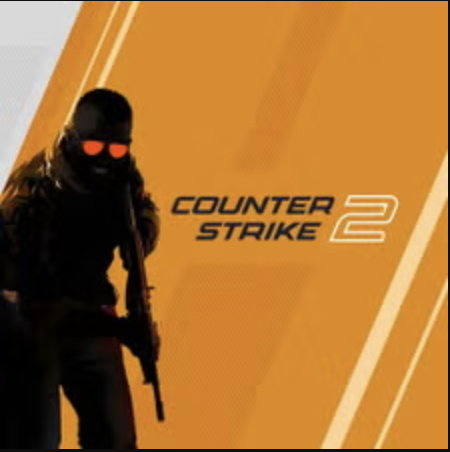A Soaring Paradox: Why Anthem’s Flight Mechanic Was Both Its Greatest Strength and Ultimate Downfall
Popular Now
 Call of Duty
Call of Duty
 Black Myth: Wukong
Black Myth: Wukong
 Genshin Impact
Genshin Impact
 Candy Crush Saga
Candy Crush Saga
 Valorant
Valorant
 Among Us
Among Us
 Counter-Strike 2
Counter-Strike 2
 PUBG Mobile
PUBG Mobile
 Geometry Dash
Geometry Dash
 Garena Free Fire: Kalahari
Garena Free Fire: Kalahari 
In the vast, interconnected world of video games, a single feature can make or break a title. For BioWare’s ambitious, yet ill-fated live-service game Anthem, that feature was flying. The ability to don a Javelin exosuit and soar through its breathtaking world was, without question, the game’s most exhilarating and universally praised aspect. It was a power fantasy brought to life, a feeling of absolute freedom and kinetic joy that few other games could replicate. But as a recently resurfaced interview with former BioWare developer Mark Darrah reveals, this very feature was also a primary cause of the game’s systemic failures. It’s a fascinating paradox that offers a crucial lesson in game design: a brilliant mechanic, if not properly integrated into the core experience, can break an entire game. Darrah’s insight provides a new lens through which to view Anthem’s complex and troubled development history, showing how a single design decision can have ripple effects that doom a project from the inside out.
 The Thrill of Flight vs. the Reality of Game Design
The Thrill of Flight vs. the Reality of Game Design
Darrah, who was tasked with overseeing Anthem’s troubled development in its final stages, describes the flying mechanic as a “masterpiece.” He praises the seamless, fluid controls and the sheer sense of scale it provided, allowing players to explore the world of Bastion in a way that felt both dynamic and breathtaking. The ability to dive into a waterfall to cool down your thrusters or skim the surface of a lake for a speed boost was a triumph of engineering and player experience. It was the one thing everyone who played Anthem could agree on: the flying was exceptional. It was a high-value feature that BioWare rightly used in all its marketing materials, as it was the game’s most compelling hook.
However, Darrah explains that this very strength was also a crippling weakness. Flying, he argues, broke the game’s core design loops. This single mechanic made it incredibly difficult to implement other fundamental features. For example, the stunning environments created by the art team lost their impact when players could simply fly over them. The game’s combat encounters, which were designed for a ground-based experience, had to be completely rethought to accommodate players who could attack from above. This led to a lack of meaningful cover and a combat system that often felt disjointed and frustrating. Darrah explains that because the game was a multiplayer experience, the flying also created technical problems. A four-person party could be in four completely different parts of the map at once, putting a massive strain on the game’s memory and streaming capabilities. This technical debt, incurred by a single mechanic, contributed to many of the long loading screens and performance issues that plagued Anthem at launch.
 A Lesson in Innovation and Integration
A Lesson in Innovation and Integration
The story of Anthem’s flying is a cautionary tale about innovation without integration. Darrah points out that the flight mechanic was an “on-again, off-again” feature during development. The team struggled to design the game with it in mind, leading to a dysfunctional production cycle where decisions were constantly being made and unmade. The final product was a game where the brilliant flying felt tacked on to a world that wasn’t designed for it, and as a result, the flying itself was often limited by invisible walls or forced landings. Darrah contrasts this with the development of a game like Monster Hunter, where new, innovative features are introduced gradually and are meticulously integrated into the entire gameplay loop. The developers, he suggests, had a great idea, but they failed to account for its consequences, both in game design and in production. The sheer power and speed of the flight mechanic meant that the game needed a world with more density and things to do to truly justify its existence, a problem Anthem never solved.
Ultimately, Anthem’s flight mechanic will be remembered as a symbol of its unfulfilled potential. It was an idea that was so good, so compelling, that it was forced into a game that was not built to support it. It’s a sobering reminder that a brilliant feature is only as good as the game it inhabits. The thrilling, beautiful act of flight in Anthem was a glimpse of what could have been—a truly transformative experience—but it was also the primary reason why the game was fundamentally broken, a powerful and tragic testament to a beautiful idea that simply could not be contained.








 The Thrill of Flight vs. the Reality of Game Design
The Thrill of Flight vs. the Reality of Game Design A Lesson in Innovation and Integration
A Lesson in Innovation and Integration